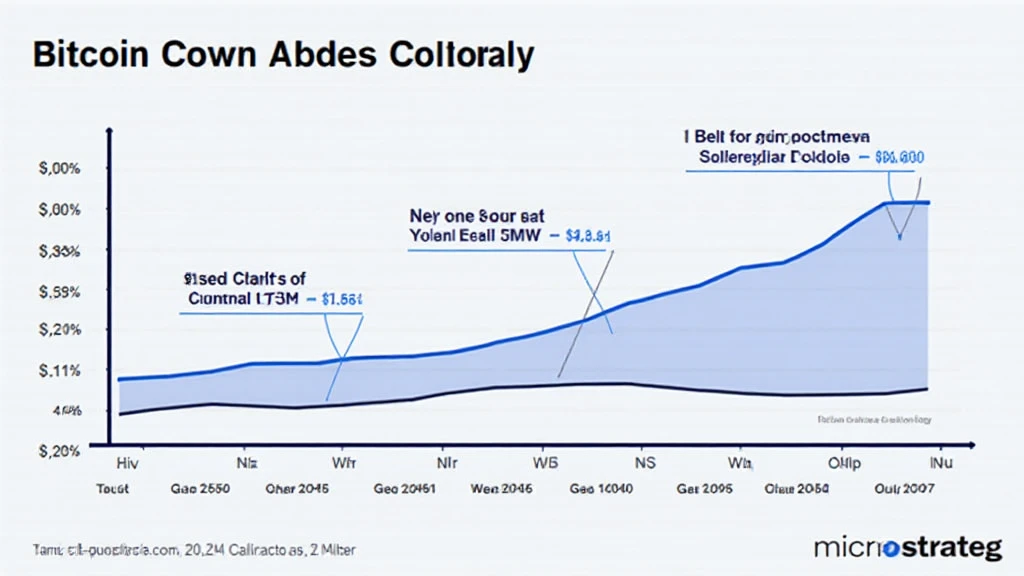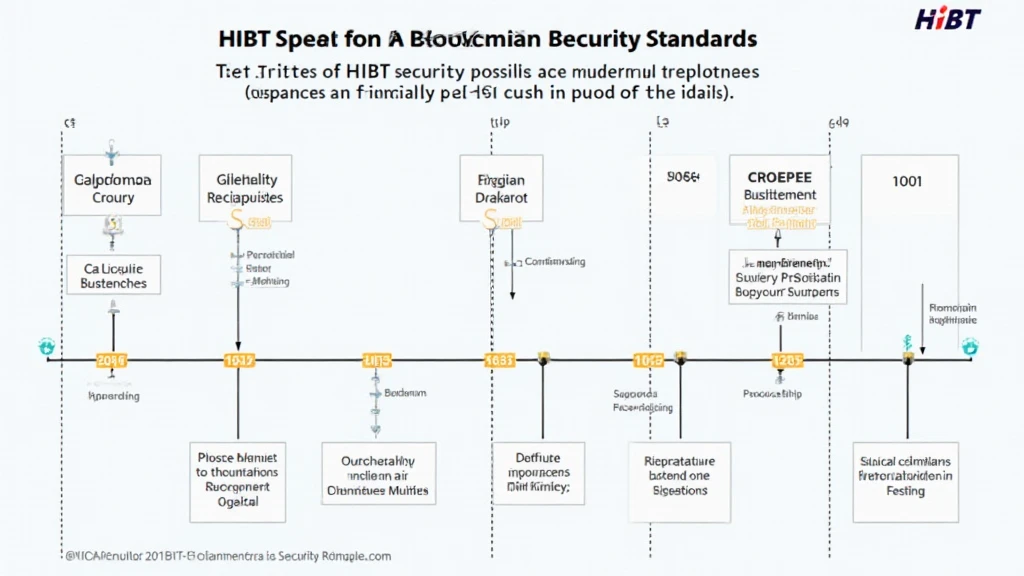MicroStrategy’s Bitcoin Capital Allocation Strategy: Insights for 2025
With nearly $4.1 billion lost to DeFi hacks in 2024, many companies are reevaluating their digital asset strategies. MicroStrategy, a business intelligence firm, has garnered attention for its bold decision to allocate significant capital into Bitcoin. But what drives this strategy, and what implications does it hold for the future of corporate investments in cryptocurrency?
MicroStrategy’s capital allocation strategy can be likened to a diversified investment portfolio, augmented by the security and potential growth of Bitcoin. This article delves into the nuances of MicroStrategy’s approach, analyzing its historical decisions, current market conditions, and the broader impact on the cryptocurrency ecosystem.
Understanding MicroStrategy’s Investment Approach
MicroStrategy’s journey into the world of Bitcoin commenced in 2020, when it made its first purchase of 21,454 BTC at an average price of $11,652 per coin. This bold move sparked a trend among companies to consider Bitcoin as a legitimate reserve asset. The rationale behind MicroStrategy’s decision includes:

- To protect cash reserves from inflationary pressures.
- The belief in Bitcoin’s long-term appreciation.
- A desire to gain a competitive edge through innovative asset management.
This strategy aligns with the rising trend of corporates recognizing Bitcoin as a store of value, further establishing it as a top-tier asset class.
The Mechanics of Capital Allocation
MicroStrategy’s capital allocation strategy revolves around buying and holding Bitcoin. This method, akin to a bank vault for digital assets, aims to safeguard corporate cash from the threats presented by currency devaluation. Key points include:
- Strategic purchases are made during market downturns, enhancing buying power.
- As of early 2025, MicroStrategy holds over 130,000 BTC, providing leverage against inflation.
- The firm’s innovative approach draws interest from institutional investors.
This paradigm has led MicroStrategy to become a trailblazer in Bitcoin investment, demonstrating that traditional companies can embrace digital assets as part of their financial strategies.
Current Market Dynamics: A Global Perspective
In evaluating the effectiveness of MicroStrategy’s strategy, we must consider the global cryptocurrency market. As of 2025, Bitcoin’s market capitalization stands at approximately $550 billion, reflecting a significant increase alongside growing institutional adoption. In Vietnam, the number of cryptocurrency users has skyrocketed to over 6 million, reflecting a staggering growth rate of 25% annually. This rapid escalation mirrors global trends and highlights the increasing relevance of Bitcoin in emerging markets.
Potential Risks and Considerations
However, with great rewards come inherent risks. MicroStrategy’s capital allocation strategy isn’t without challenges, including:
- Regulatory scrutiny across various jurisdictions.
- Market volatility, which can heavily influence Bitcoin’s price.
- The need for robust security measures to safeguard extensive crypto holdings, where using tools such as Ledger Nano X can significantly reduce the likelihood of hacks.
Companies looking to follow in MicroStrategy’s footsteps must carefully navigate these challenges, ensuring they have solid risk management frameworks in place.
The Future of Corporate Bitcoin Holdings
The success of MicroStrategy’s capital allocation strategy could indeed pave the way for other businesses to embrace Bitcoin. As we move toward 2025, there are several emerging trends worth noting:
- Increased corporate adoption of Bitcoin as a balance sheet asset.
- Heightened focus on compliance with local regulations, particularly in growing markets such as Vietnam.
- A potential rise in stablecoin integration for everyday transactions, illustrating the versatility of digital assets.
This strategic pivot toward Bitcoin may solidify its status as a keystone asset in corporate finance, altering traditional investment norms.
Conclusion
In summary, MicroStrategy’s Bitcoin capital allocation strategy presents a pioneering framework for businesses looking to invest in cryptocurrency. It demonstrates the viability of adopting Bitcoin as a long-term asset and emphasizes the importance of strategic planning in navigating potential pitfalls.
As we look ahead to the end of 2025 and beyond, the intersection of traditional finance and cryptocurrency will continue to evolve, offering both opportunities and challenges for investors. Embracing innovations in security standards, especially those pertinent to Vietnamese regulations such as tiêu chuẩn an ninh blockchain, will further bolster confidence in corporate Bitcoin investments.
Ultimately, MicroStrategy’s path offers valuable insights and a roadmap for other corporations, proving that Bitcoin is not merely a speculative asset but a cornerstone of future capital allocation strategies.
For further information and detailed insights, visit allcryptomarketnews
Written by Dr. John Smith, a renowned blockchain strategist and financial analyst, who has authored over 30 papers in the field, specializing in cryptocurrency compliance audits.





